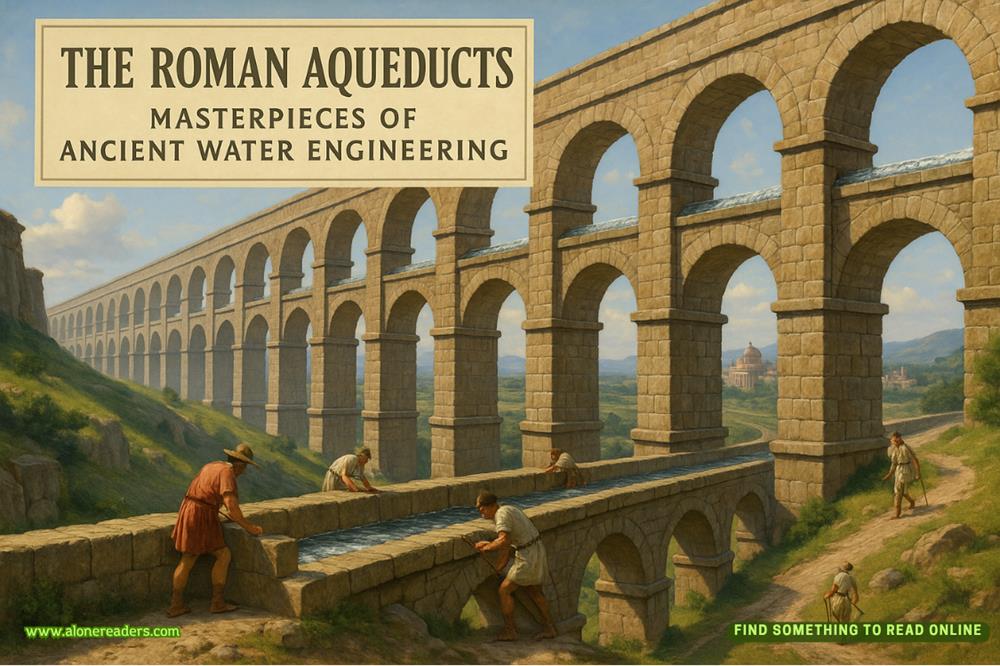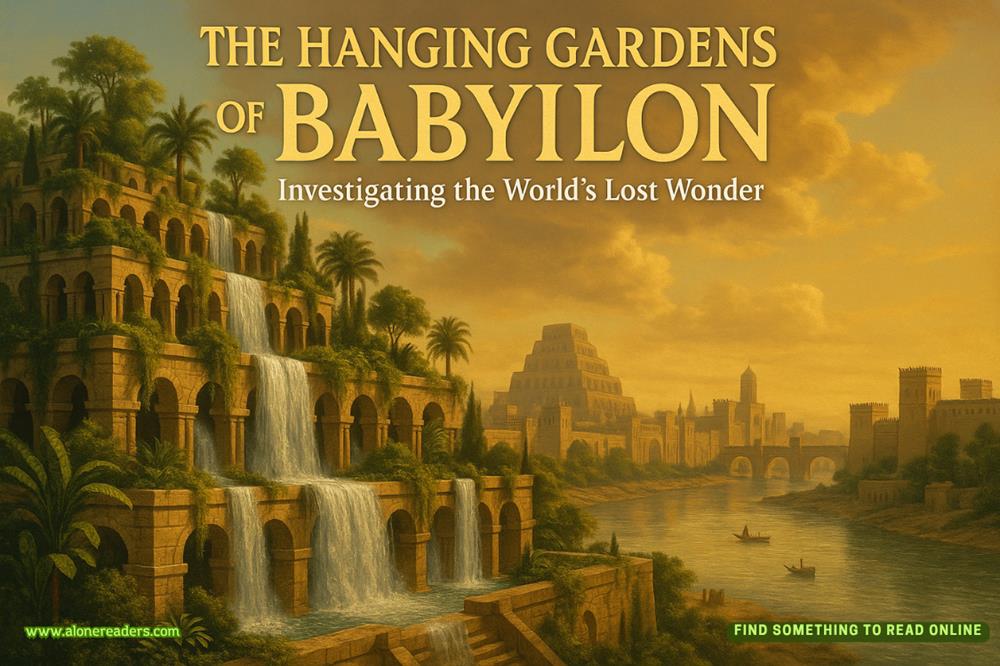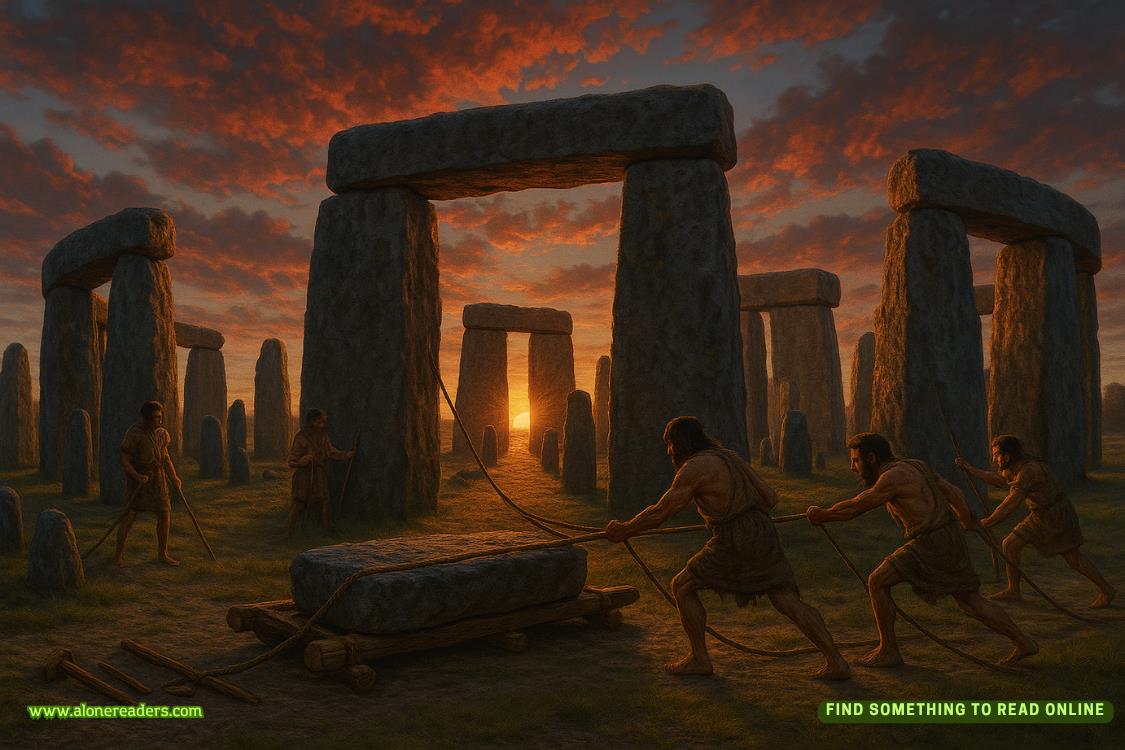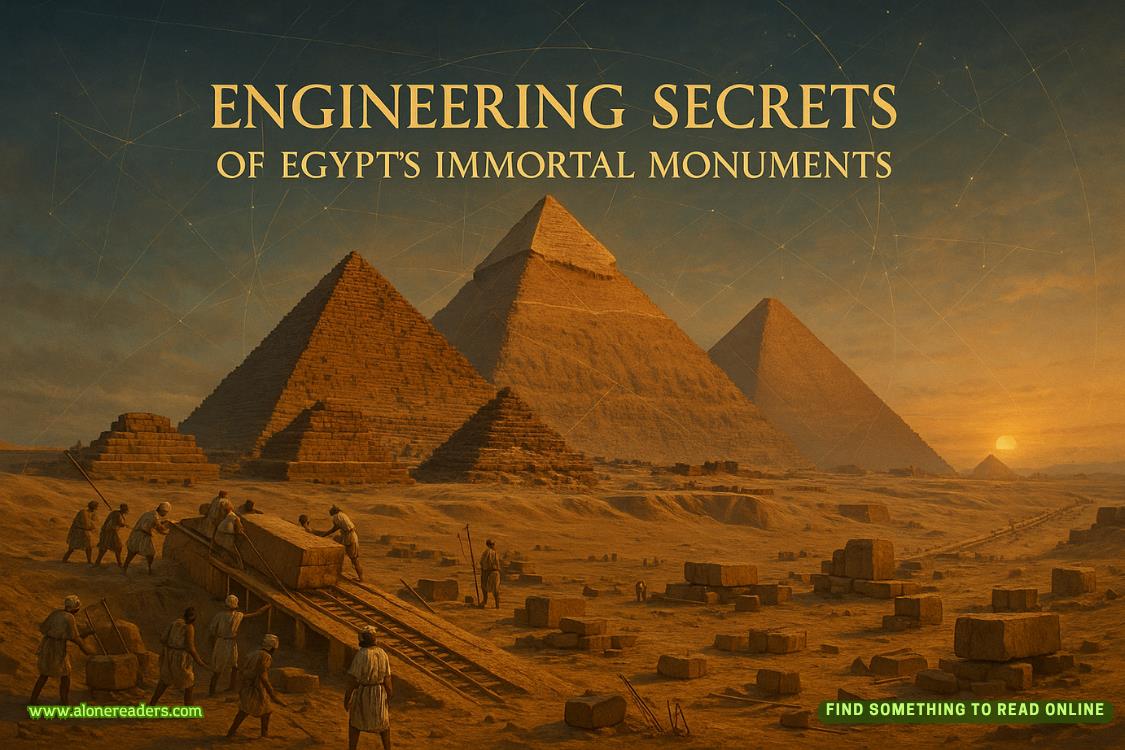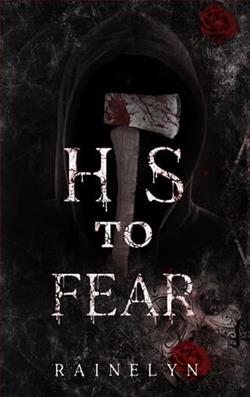Page 54 of Wings to the Kingdom (Eden Moore 2)
Up the stairs and inside, past the glass front doors, there were walls lined with paintings and photographs. Most of it was standard portraiture of long-gone generals and colonels and morbid Mathew Brady samplings; but in the panels between the displays the walls were adorned with large plaques offering episodic history lessons in a big bold font.
Flags hung down from the ceiling like so much bunting, and a donation box asked where you were visiting from. A clear plastic sheet over the top had slots for all the states in the Union, with a change-sized hole in case you wanted to represent your home locale with a bit of cash.
The Georgia bin was stuffed pretty full of dollars and quarters, and the Tennessee one was too. Kentucky also had a smattering of spare change, and a few Alabamans had come by as well.
Otherwise, the pickings were slim.
Pete shoved his hand down into his pocket and pulled out a few nickels. He pushed them through the Alabama hole and moved on t
o read the informative wall coverings.
He walked the wall slowly, reading closely, pulling the words into his chest and feeling his ribs expand with pride. This was the first national military park in the country. Thirty-five thousand soldiers had died on these grounds, and surviving veterans of the conflict had petitioned Congress to see the land protected. Two men in particular had spearheaded the drive: General H. V. Boynton and Ferdinand Van Derveer. Together they lobbied until the funds were raised and the territory was set aside in 1890.
He followed the script around to the left, momentarily skipping the park guide’s island at the juncture of the three main hallways.
In the next room he found more historical graffiti, and artifacts too. A black munitions cart had been carefully restored and placed in the mini-museum, as well as a full gray uniform, some cannonballs, a journal or two, and a wealth of buttons and insignia—accompanied by historical photographs that had been blown up and posted beside them.
“Chattanooga, as seen from Missionary Ridge,” one caption read. The city looked like a mud pit crisscrossed by railroad tracks, and Pete thought to himself that it didn’t look like something anyone in his right mind would fight over.
But there were other notes too, about the city’s importance as a transportation hub and center for the distribution of goods. The trains that chugged through the dirty little mud pit were feeding ammunition and food to the entire South, thus the North’s interest in getting a good grip on the place.
Once he felt like he’d absorbed everything worthwhile from the left corridor displays, Pete returned to the park ranger cube and asked if he could have a map.
A blond lady in a beige-and-black uniform handed him a pamphlet that unfolded into a multicolored diagram of the grounds. It noted bike trails, street names, and numbered all the significant monuments, cross-referencing them on the back.
“What does that mean, the ‘significant monuments’?” Pete asked.
“There are too many monuments to list them all on a handout bill,” the lady told him, pointing at the map with a plastic pen. “Most of the big monuments you see along the trails were paid for by veterans of assorted regiments, or by their families. Many of the other ones are off the beaten path; some of them are even out in the middle of the woods. ”
“Why?”
“Because representatives of Van Derveer and Boynton were trying to mark the spots where Chickamauga’s major players fell. Sometimes people died out in the open, and sometimes they dropped in out-of-the-way places. ”
“So some of those spots are out in the woods. ”
“That’s right. The places where brigade commanders fell are marked by the big pyramids of cannonballs fifteen high; and headquarters are marked by smaller stacks of cannonballs seven high. Of course we’re not one hundred percent sure about a lot of them, but what can you do?”
“What do you mean?” Pete asked, displeased with the implications. If no one was sure where the bigwigs had died, the odds were better than good that nobody knew a thing about the mortal remains of Andrew Buford.
“When the park was being laid out and populated with monuments, the veterans came through and pointed out the places where they thought these men had died. But this was twenty or thirty years after the battles happened. That’s why we tend to view the monuments as approximations instead of historical fact. ”
“All right. But there aren’t any monuments to the regular Joes, are there?”
She grinned patiently from underneath a fluffy set of bangs. “Almost all of the monuments in the park are dedicated to the regular Joes. Look out the window there, across the field—that’s the Florida monument, to all the regular Joes who came from that state to fight. And down the way there’s the Ohio monument, to all those regular Joes. Many of the monuments list names and—”
“But none of them talk about where specific soldiers died, do they? Not unless they were officers. ”
“No, I’m sorry. ” She shook her head. “Is there some special reason you’re asking?”
“I’m doing some”—he thought of the librarian back on Sand Mountain—“genealogical research. On my family. I had some family members who died here. ”
Her eyes went wide, then blinked slowly with fresh understanding. “Oh. I see. You want to know exactly where a relative died. A grandfather?”
“An uncle. I’d like to know where he’s buried, anyway. ” A new thought wormed its way up and out into the conversation. “Hey, what about graves? Are there big patches out here where there are mass graves? They didn’t take the bodies away to bury them, did they?”
“Pretty much everyone who died here is buried here, with a few exceptions. Wealthier families would sometimes try to have bodies shipped home for burial, but given the lack of refrigerated cargo transport back then, you can just guess how well that went. Poorly or improperly sealed wood caskets, long train trips across a couple of states…things got ugly. By the time your poor unfortunate family member made it home, you wouldn’t be able to recognize him. ”
Pete grunted. “Ew. ”
